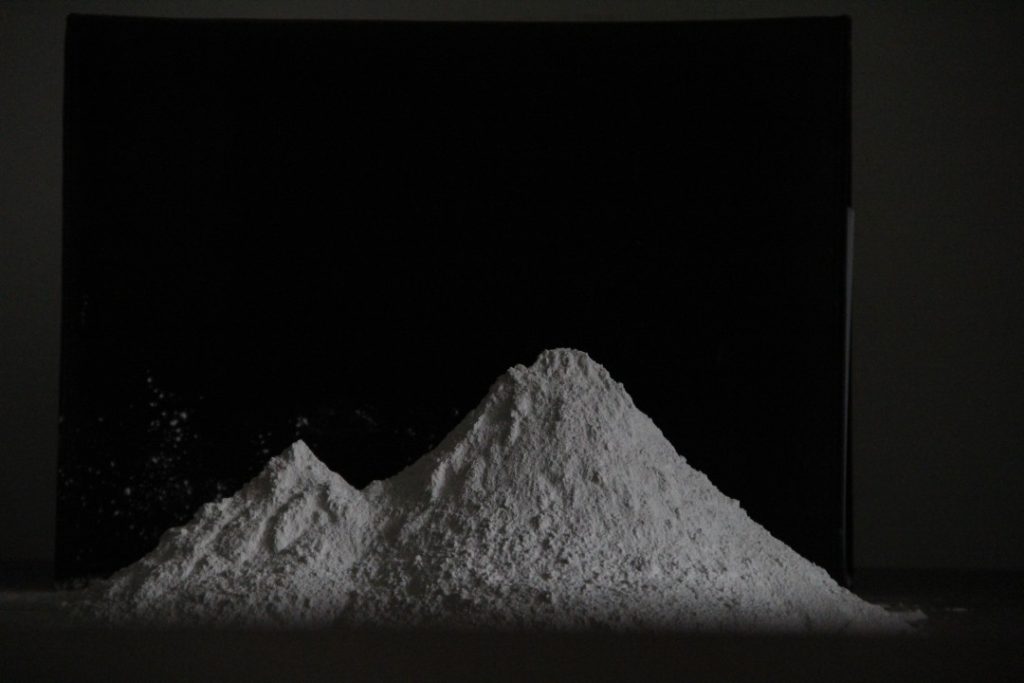4 key points for choosing powder surface modifiers

There are many types of powder surface modifiers on the market with various functions and of course different prices. How to choose the most suitable modifier?
Practice has shown that when selecting surface modifier varieties, the main considerations include: the properties of the powder raw materials, the use or application field of the product, as well as technology, price and environmental protection.
1. Properties of powder raw materials
The properties of powder raw materials are mainly acid, alkalinity, surface structure and functional groups, adsorption and chemical reaction characteristics, etc. Surface modifiers that can chemically react or chemically adsorb with the surface of powder particles should be selected as much as possible, because physical adsorption on It is easy to desorb under strong stirring or extrusion during subsequent applications.
For example, the surfaces of acidic silicate minerals such as quartz, feldspar, mica, and kaolin can bond with silane coupling agents to form stronger chemical adsorption; however, silane coupling agents generally cannot bond with alkaline carbonates. Minerals undergo chemical reactions or chemical adsorption, while titanate and aluminate coupling agents can chemically adsorb with carbonate alkaline minerals under certain conditions and to a certain extent.
2. Product use
The purpose of the product is the most important consideration in selecting a surface modifier. Different application fields have different technical requirements for powder application performance, such as surface wettability, dispersion, pH value, hiding power, weather resistance, gloss, antibacterial properties, UV protection, etc. This means that surface modification should be selected according to the purpose. One of the reasons for the variety of sexual agents.
For example, inorganic powders (fillers or pigments) used in various plastics, rubbers, adhesives, oily or solvent-based coatings require good surface lipophilicity, that is, good affinity or compatibility with the organic polymer base material. , which requires the selection of surface modifiers that can make the surface of inorganic powders hydrophobic and oleophilic; for inorganic pigments used in ceramic blanks, they are not only required to have good dispersion in the dry state, but also require affinity with the inorganic blanks. Good compatibility and can be evenly dispersed in the blank; for surface modifiers of inorganic powders (fillers or pigments) used in water-based paints or coatings, the dispersion and sedimentation stability of the modified powder in the water phase are required. Good compatibility.
For inorganic surface modifiers, they are mainly selected based on the functional requirements of powder materials in the application field. For example, to make titanium dioxide have good weather resistance and chemical stability, SiO2 and Al2O3 must be used for surface coating (film) , in order to make the muscovite pigment have a good pearlescent effect, it is necessary to use TiO2 for surface coating (film).
At the same time, different application systems have different components. When selecting a surface modifier, you must also consider the compatibility and compatibility with the application system components to avoid the functional failure of other components in the system due to the surface modifier.
3. Modification process
The modification process is also one of the important considerations in selecting surface modifiers, such as temperature, pressure and environmental factors. All organic surface modifiers will decompose at a certain temperature. For example, the boiling point of silane coupling agents varies between 100 and 310°C depending on the type. Therefore, it is best to select a surface modifier with a decomposition temperature or boiling point that is higher than the processing temperature of the application.
The current surface modification process mainly adopts dry method and wet method. There is no need to consider the water solubility of the dry process, but the water solubility of the surface modifier must be considered for the wet process, because only if it is soluble in water can it fully contact and react with the powder particles in a wet environment.
Therefore, for surface modifiers that are not directly water-soluble and must be used in a wet environment, they must be saponified, ammonized or emulsified in advance so that they can be dissolved and dispersed in aqueous solutions.
4. Price and environmental factors
Finally, when selecting surface modifiers, price and environmental factors must also be considered. On the premise of meeting application performance requirements or optimizing application performance, try to choose cheaper surface modifiers to reduce the cost of surface modification. At the same time, attention should be paid to selecting surface modifiers that do not pollute the environment.
